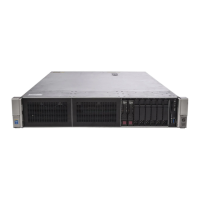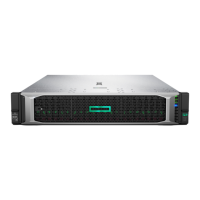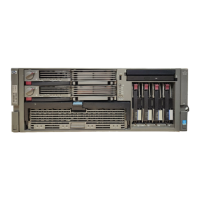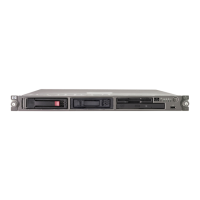Diagnostics 5-3
7. Enter help diagnostic name sections=nn to display the commands that apply to specific test sections
of a specific diagnostic.
Offline Utilities
There are two Hewlett-Packard Offline Diagnostic methods available:
• ODE-Based Diagnostics
• Support Media
Using ODE-Based Diagnostics
The HP Support Media contains Offline Diagnostic Environment (ODE) which consists of diagnostic
modules for testing and verifying system operation. ODE provides the necessary functions for the user to
load specified tests and interact with those tests.
ODE is an ISL utility. To boot ODE, follow these steps:
1. Invoke the ISL environment from the system disk.
2. Type ode after the ISL> prompt to invoke ODE from the LIF directory on the system disk. The
prompt changes to ODE>.
Not all of the test modules are available on all systems. To see what test modules are available to run on
this system, type ls at the ODE> prompt. The available modules include the following:
• lasidiag — test and verifies the core I/O functionality. The diagnostics test the SCSI interface, LAN
interface, parallel interface, audio, RS-232, PS2 keyboard and mouse interface, real time clock, and the
PC floppy interface and drive.
• pdiag — test and verifies the basic functionality of the PA7200 processor chip. This tool test the CPU,
cache, TLB, and floating point functions.
• udiag — test and verifies the basic functionality of the PA8000 and PA 8200 processor chip. This tool
test the CPU, cache, TLB, and floating point functions.
• memtest — test and verifies the memory arrays. If an error is detected, the diagnostic reports the
memory card and its slot number that needs replacement. Memtest also provides a map of the memory
configuration so that the user can identify the type of memory and its slot location.
• update — updates the system’s Processor Dependent Code (PDC) firmware on the EEPROM.
• mapper — identifies the configuration of HPPA systems. It displays path, identification, and revision
information, I/O components, configuration of memory controllers, processors, co-processors, cache,
and TLB, as well as processor board component revisions and values of various HPPA system
identifiers, revisions, and capabilities.
For further information on the vairous ODE commands and a complete listing of the command set, type help
at the ODE> prompt or at the prompt of one of the test modules.
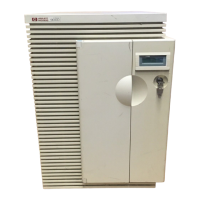
